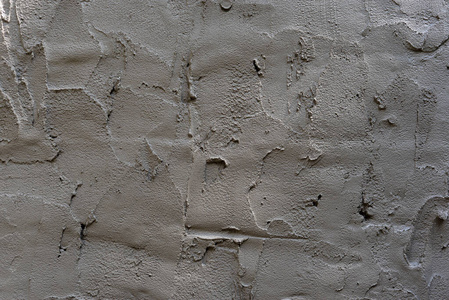The generation of bubbles is a common problem in the preparation and application of cement mortar. These bubbles mainly come from the evaporation of water in the material, the introduction of air during the stirring process, and the gases produced by chemical reactions. The presence of bubbles not only affects the strength and density of cement mortar, but also leads to surface defects such as roughness and holes, reducing construction quality and aesthetics. Therefore, the application of defoamers in cement mortar is particularly important.

Defoamers can quickly reduce the surface tension of the liquid phase in cement mortar, making the bubble film unstable and promoting the rapid rupture of bubbles. A thin film is formed on the surface of the bubbles by adsorption to prevent further growth and merger of the bubbles and effectively inhibit the generation of new foam. After eliminating bubbles, the fluidity of cement mortar is improved, which helps the material to be better filled and spread, improving construction efficiency and quality.

 English
English
 Chinese
Chinese Vietnamese
Vietnamese
 HOME
HOME
 PRODUCT
PRODUCT
 NEWS
NEWS
 CONTACT
CONTACT


